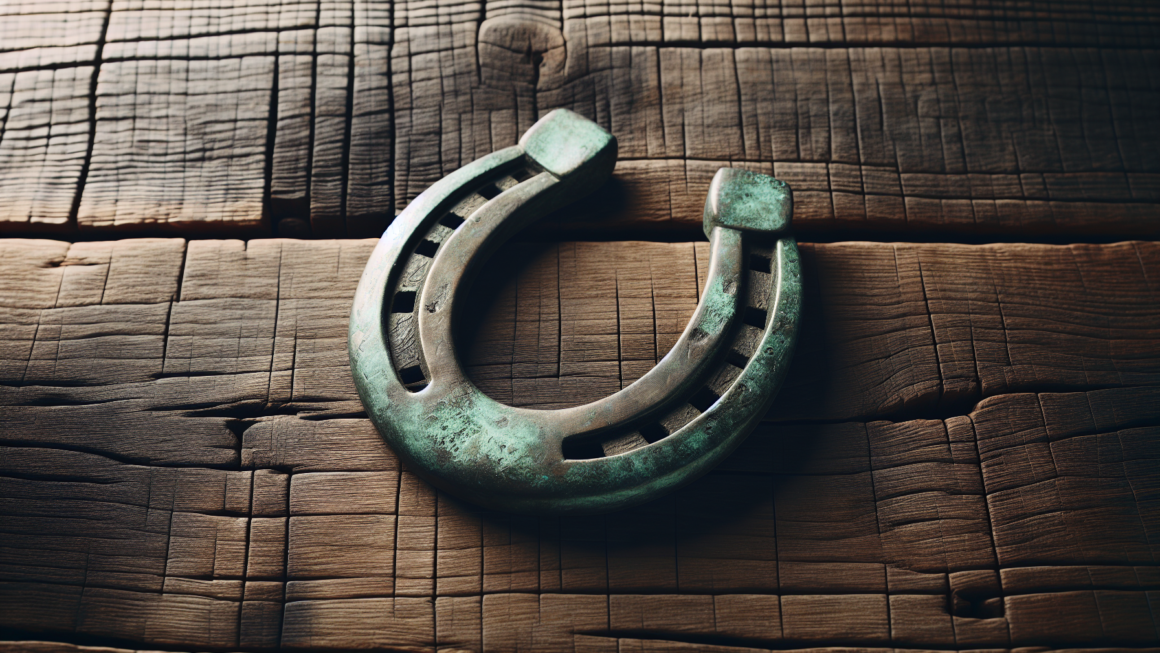Finding the perfect fit is crucial for comfort and style when shopping for men’s shirts. A shirt that fits well can elevate your appearance and boost your confidence. With so many options available, it’s easy to feel overwhelmed when choosing the right size. Below, we will guide you through the key measurements, shirt fits, and tips on how to try on shirts to ensure you find your perfect fit.
Understanding Shirt Sizing: Key Measurements You Need
The first step in choosing the right shirt is understanding your body measurements. To start, you must measure your neck size and sleeve length. To measure your neck, wrap a measuring tape around the base of your neck and add half an inch for comfort. Extend your arm slightly for sleeve length and measure from the center of the back of your neck to your wrist.
Another crucial measurement is your chest size. To get an accurate measurement, wrap the measuring tape around the fullest part of your chest, just under your armpits. For the best results, keep the tape snug but not tight. Many online retailers, including RW&CO men’s shirts, provide sizing charts based on chest measurements to help guide your purchase.
Waist measurement is also essential for a more fitted shirt. Use the tape measure to measure around your natural waistline, where your pants typically sit. The shirt’s cut may impact how it sits on your body, so it’s important to factor in waist size when choosing a style.
Consider your shoulder width when choosing a shirt. Measure from the edge of one shoulder to the edge of the other. This helps determine if the shirt’s shoulders will sit comfortably, preventing tightness or excess fabric around your upper body.
Different Shirt Fits: Which One Works for You?

Shirts come in various fits, each offering a unique style and level of comfort. The classic fit is generally the most traditional option, offering a comfortable, relaxed fit without being too loose. This fit provides more room in the chest, waist, and sleeves, making it ideal for individuals who prefer a bit of extra space in their clothing.
Next, the slim-fit shirt is designed to follow the body’s natural contours. With less fabric around the chest, waist, and sleeves, the slim fit is perfect for those with a lean build or prefer a more tailored look. However, remember that slim-fit shirts may not be ideal for those with larger builds, as they may feel too tight or restrictive.
The tailored fit combines the best of both worlds for those who enjoy a modern, fashion-forward look. It offers more room than a slim fit but is still more form-fitting than a classic fit. This style is perfect for someone who wants to balance comfort and shape, providing a sharp look without sacrificing too much space.
Consider the athletic fit shirt for those with broader shoulders and a narrower waist. This fit accommodates muscular builds while providing a more streamlined silhouette. It offers extra room in the shoulders and chest while tapering toward the waist, ensuring a sharp, tailored look that suits well-built physiques.
How to Try on Shirts for the Best Fit
It is important to assess how it fits across your shoulders when trying on a shirt. The seams should align with the edges of your shoulders without feeling too tight or loose. If the seams fall too far over your shoulders or too far inward, the shirt may not be the best fit for your body type.
Next, check the fit around your chest. The shirt should have enough room to allow you to move comfortably, but it shouldn’t be so loose that it billows out. You should be able to pinch an inch or two of fabric on either side of your chest, indicating a good balance between tightness and comfort.
Sleeve length is another critical factor when trying on a shirt. The cuff should rest just at your wrist, with little room to spare. When you extend your arms, the sleeves shouldn’t pull up too far but provide enough length to cover your wrists without feeling constricted.
Evaluate the shirt’s length. The hem should hit just below the waistband of your pants, ensuring the shirt stays tucked in comfortably. When standing or sitting, the shirt should stay in place and not ride up excessively, providing a neat and polished appearance.
Overall, finding the right size men’s shirt requires understanding your body measurements and knowing which fit works best for your unique shape and preferences. By following these guidelines, you can confidently choose shirts that provide comfort and style, ensuring you look and feel your best every time you wear them.



